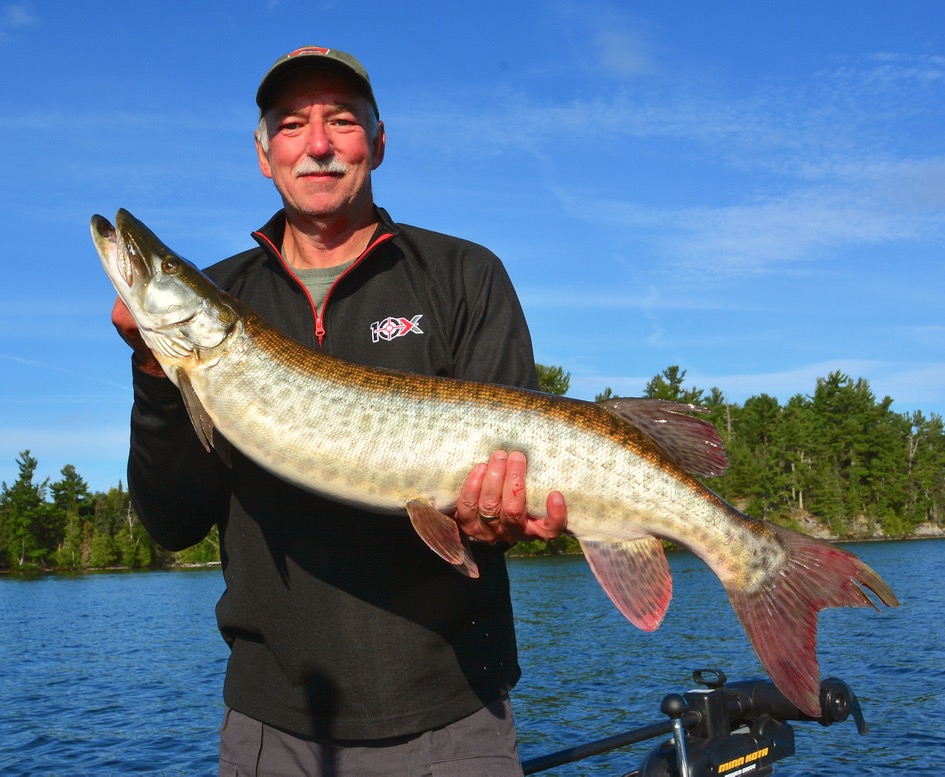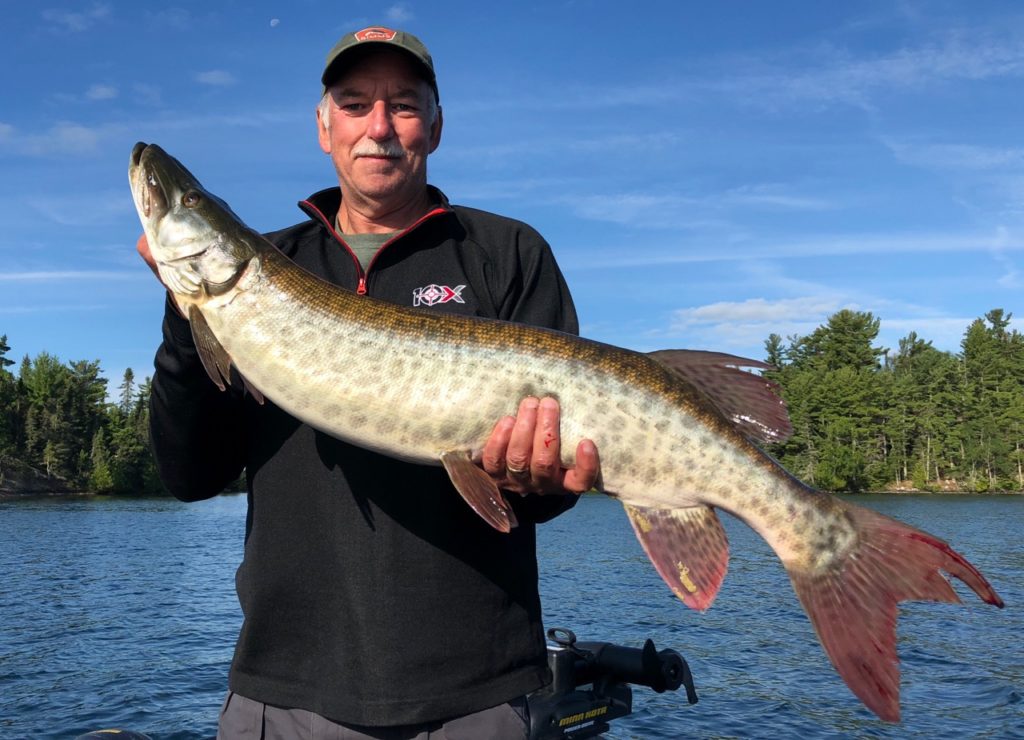Muskie mission
How one angler finally caught the fish of 10,000 casts—and what he learned along the way
Advertisement
#4 TIME YOUR FORAYS
Dave goes after muskies exclusively at first and last light, believing these ambush predators are much more effective hunters in low light or turbulent conditions. That’s especially the case in clear lakes, when the muskies are targeting shallow-water prey such as bass or perch. When I fished with Dave, our schedule was consistent. We’d be on the water at first light and fish until 10 or 11 a.m., then head back out at 7:30 p.m. and fish until well past dark, his favourite time to be on the water. “Muskies aren’t like pike,” he says. “They’re not nearly as active in the daylight hours. When you stop pike fishing at sundown, you’re just hitting prime time for muskies.”
Advertisement
Dave also closely watches the weather. On our last day, for example, he rousted Brian and me from our mid-afternoon slumber because a storm was moving in and he wanted to be on the water in the hours before it hit. That afternoon, Brian landed the biggest fish of our trip, a broad and deep 42-inch-long beauty. Whether it’s because of the atmospheric pressure change or the increased turbulence from the rising winds, muskies clearly become significantly more active as a storm approaches. Our trip back to the dock was a rough one, but it was well worth it.
The muskie literature also talks of the importance of the moon phase, but in Dave’s experience, it doesn’t make a difference in muskie behaviour. “I chased moon phases for six years and came to the conclusion they had no bearing on the number or size of fish I caught,” he says. “I don’t even consider moon phase any longer.”


